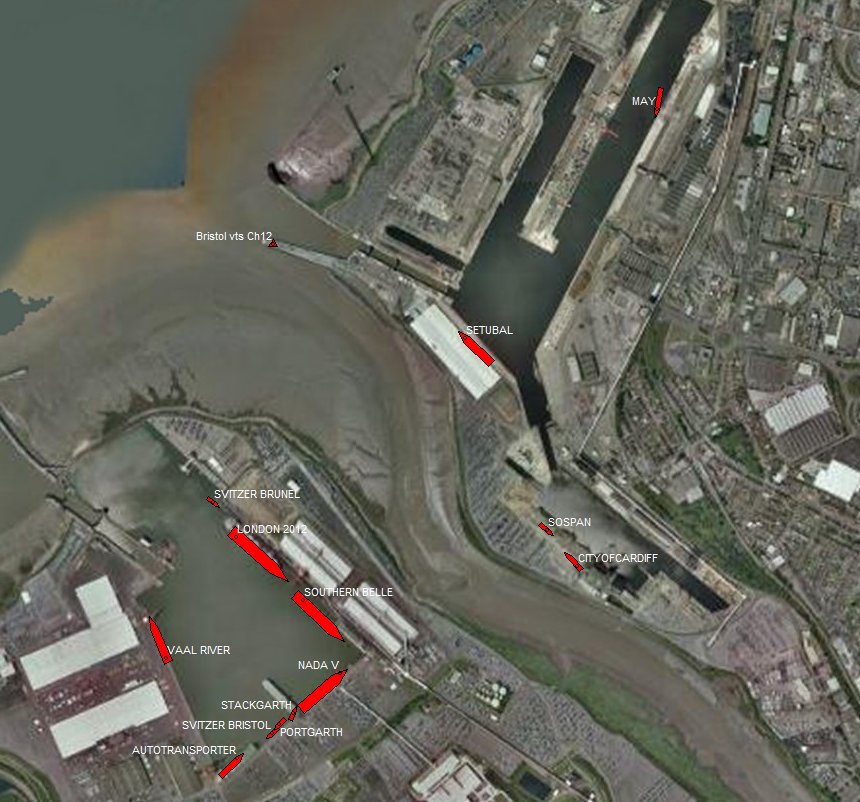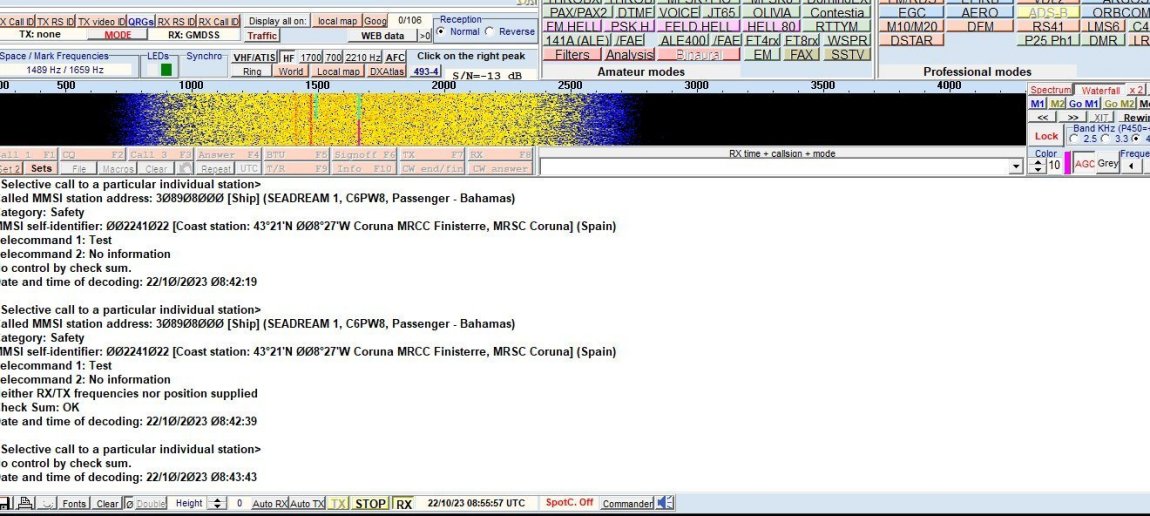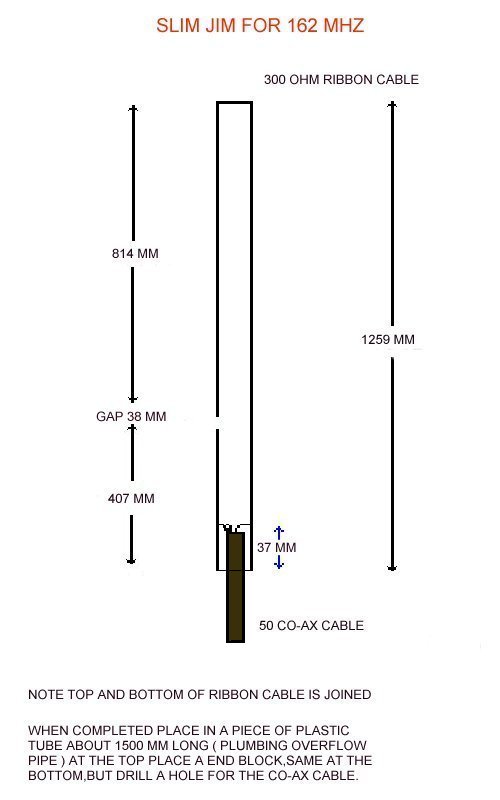AUTOMATIC IDENTIFICATION SYSTEM ( AIS ) AND DIGITAL SELECTIVE CALLING (DSC )
![]()
AIS operates on 161.975 MHz and 162.025 MHz (channels 87 & 88, within the marine VHF service ) it’s part of the world wide maritime safety system, packets of data are sent by the vessels giving their call sign, position, course and destination etc to other suitably equipped vessels. Since December 2004 all vessels over 300 tons are compulsorily fitted with ais.
To receive AIS data all that is required is a scanner receiver, covering the marine vhf bands ( thou a dedicated ais receiver would be preferred, such as the Nasa AIS engine ) and some software. The signal must be taken from the scanner receiver discriminator output, which really means the scanner must have a slight modification done to it, do not attempt this unless you are 100% confident otherwise you could ruin your scanner.
Another thing to bear in mind is the expected range of this system, if the nearest bit of ocean or estuary is 200 miles away from your position then forget it as VHF will not cover that distance except in exceptional conditions if you have a raspberry pi and a TV dongle you could use the AIS program 'AISDECO' the output of which can interface with Shipplotter.
Another bit of software is DSC decoder, it will decode navtex messages as well as H.F and VHF DSC ( digital selective calling messages ) it will display the source on a chart. Ship plotter charts are compatible with this software. The VHF DSC frequency is channel 70 - 156.525 MHZ, plus there are numerous H.F frequencies.
The two best software packages ( in my opion ) can be download from the below links they are not freeware thou. The AIS for raspberry pi is freeware, but you will really need ship plotter to make the most of it.
ship plotter and dsc can be downloaded from here
multipsk can be downloaded from here
site for ais using raspberry pi

Below is an example of AIS messages being plotted on a chart. Software being used is ship plotter. it shows Avonmouth docks/Royal Portbury docks
![]()
DIGITAL
SELECTIVE CALLING
Below is a list of DSC ( digital selective calling frequencies )
ship stations
458.5
2177.0 2189.5
4208.0
4208.5 4209.0
6312.5
6313.0 6313.5
8415.0
8415.5 8416.0
12577.5 12578.0 12578.5
16805.0 16805.5 16806.0
18898.5 18899.0 18899.5
22374.5 22375.0 22375.5
25208.5 25209.0 25209.5
coast stations
455.5
2177.0
4219.5 4220.0
4220.5
6331.0 6331.5
6332.0
8436.5 8437.0
8437.5
12657.0 12657.5 12658.0
16903.0 16903.5 16904.0
19703.5 19704.0 19704.5
22444.0 22444.5 22445.0
26121.0 26121.5 26122.0
The following are ship
frequencies paired with coast station frequencies these are "first choice
DSC " frequencies
4208.0 / 4219.5
6312.5 / 6331.0
8415.0 / 8436.5
12577.5 / 12657.0
16805.0 / 16903.0
18898.5 / 19703.5
22374.5 / 22444.0
25208.5 / 26121.0
2177.0 khz is reserved for ship to ship calling only
156.525 MHZ.CHANNEL 70 VHF DSC
A distress alert is sent on the DSC channel but the actual communication is conducted on a RT or NBDP frequency

ABOVE IS AN EXAMPLE OF SOME MESSAGES AS RECEIVED BY COAA DSC PROGRAM

The distress incident ( or a routine position report ) can be plotted on a chart
![]()
ship plotter and dsc can be downloaded from here
multipsk can be downloaded from here
Having used both DSC and
FLDIGI for a long time I would say the decoder within FLDIGI is a lot more
sensitive than DSC, it definitely receives more distant stations and also
has the benefit of providing more information i.e ships names, the DSC program
should automatically check with the ITU data base and add the ships names but
the link must have changed and this function no longer works
Below is a screen shot of
FLDIGI

Another DSC decoder is 'Sorcerer' which can be downloaded from the following link
https://www.kd0cq.com/2013/07/sorcerer-decoder-download/
Again not as sensitive as Multipsk, but it is however very basis and gives little information other than the stations MMSI numbers and the category i.e 'safety, 'distress' etc it's still a good decoded especially with all the other modules the software can decode.
![]()
SLIM JIM ANTENNA FOR 162 MHZ AIS RECEPTION

![]() Other Home made ant click here
Other Home made ant click here
![]()
Screen shot from myshiptracking site showing Avonmouth, Southwest UK
![]()